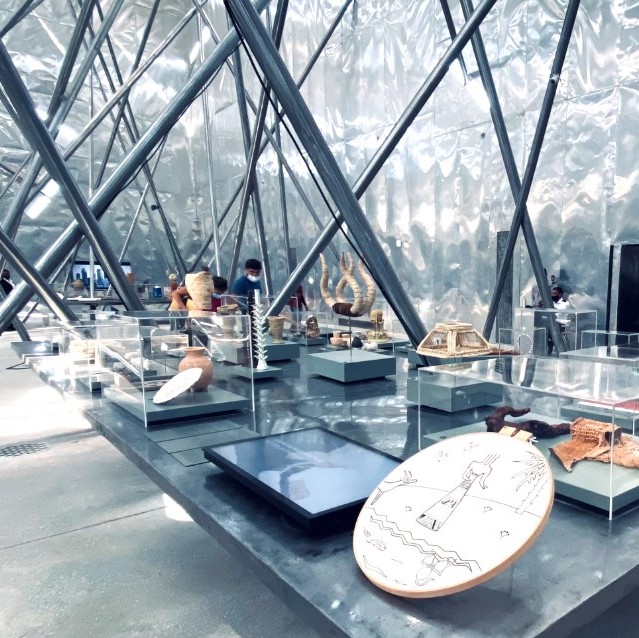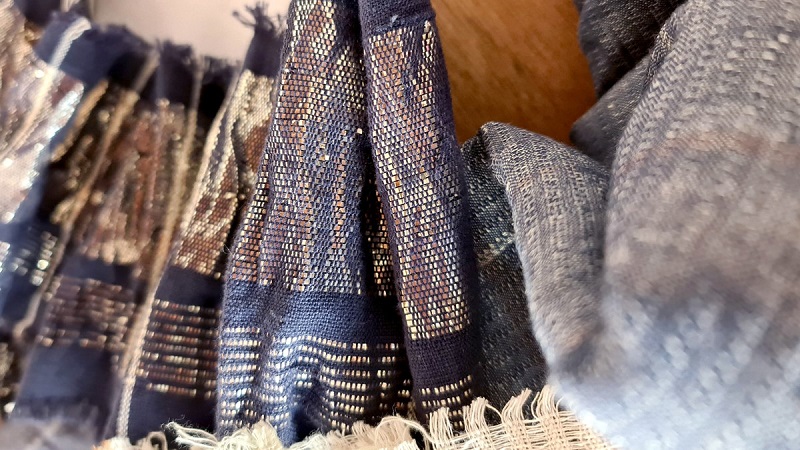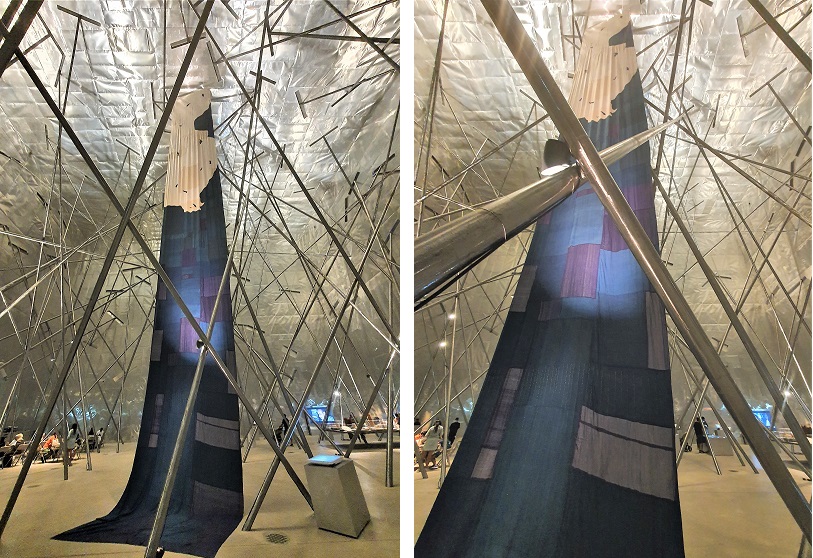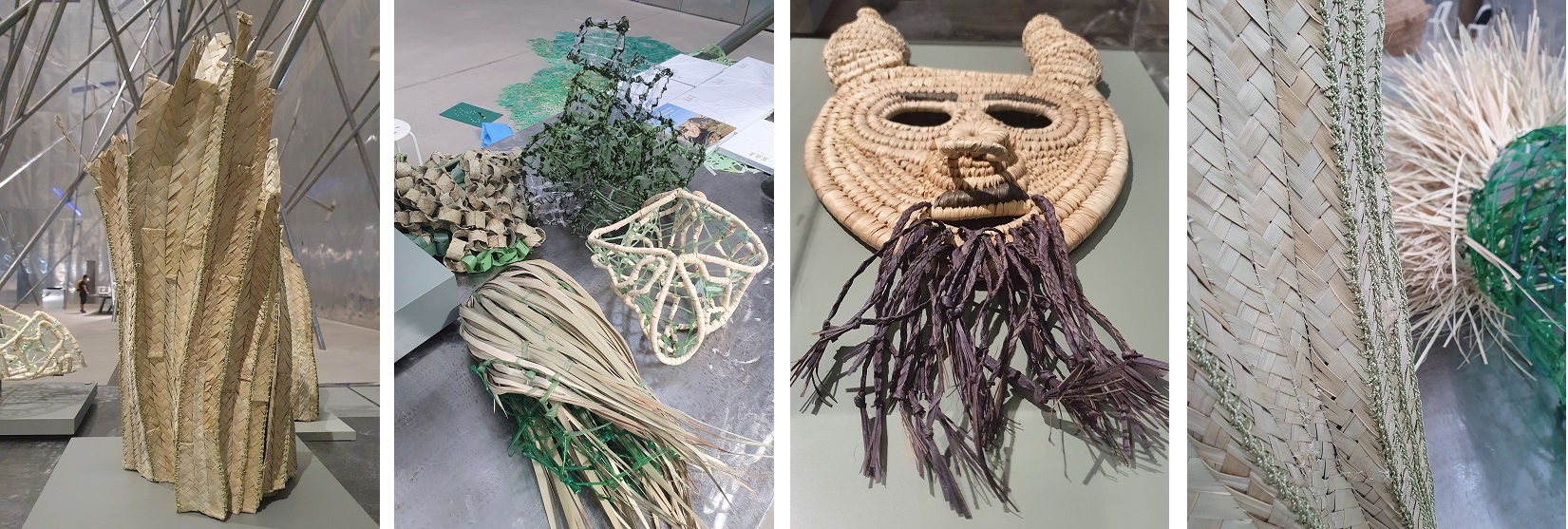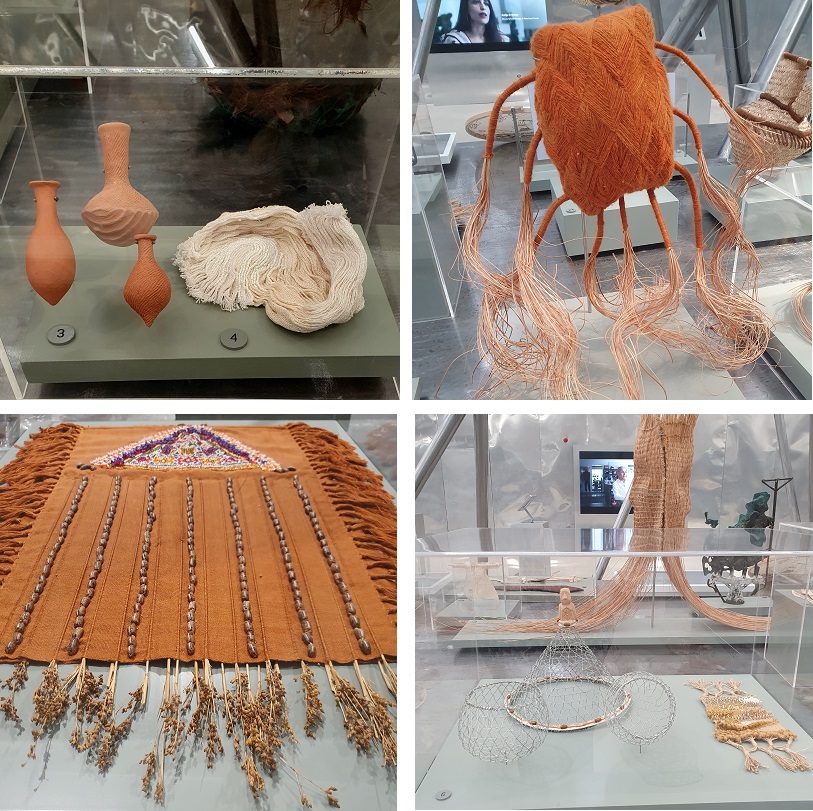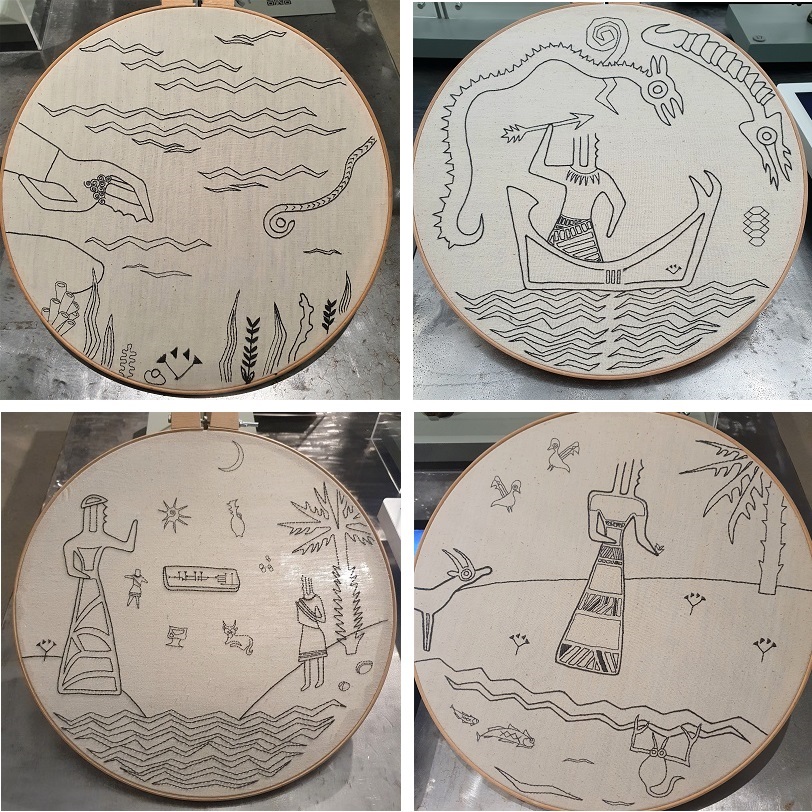The Kingdom of Bahrain Pavilion is a gateway into the deep-rooted cultural assets of this small island nation, emphasising how density has weaved diversity, multiculturalism, and innovation into its cultural identity.
Expo2020 Dubai delivered many opportunities to celebrate culture and heritage from the Arab world and beyond. Like The Zay Initiative, Expo2020 celebrated the future by honouring the past. The Kingdom of Bahrain Pavilion exemplified this ethos by exploring the concept of density and its role in creating opportunities and possibilities in an increasingly crowded world. They achieved this goal with thoughtful displays, meaningful artisan crafts, and immersive storytelling in an inspiring custom-designed space that was both a perfect backdrop and an essential part of the story.
Bahrain – The Country
The Kingdom of Bahrain is an island-state off the coast of Saudi Arabia, connected to the mainland via the 25 km long King Fahd Causeway. At only 760 square kilometres it is the third smallest in Asia after Singapore and Maldives, yet it has the 6th highest population density in the world with an average of more than 2000 people per square kilometre.
The story of Bahrain begins with the ancient Dilmun Civilisation, an important Bronze Age trade centre linking Mesopotamia and the Indus Valley. Today, it continues to be an economic hub with a long history of extensive development leading to a population of diverse cultures sustained by local hospitality accommodating the assimilation and acceptance of others. Population density and diversity is one of the driving forces of the country’s sustainable growth that focuses on economical, efficient and innovative use of their space and resources.
Bahrain – The Pavilion
If the idea of population density evokes visions of overcrowding, the design of the Bahrain Pavilion comes as a surprise. It is an immense open space housed inside an ‘aluminium box’. 126 slender columns punctuate the space at random angles, allowing slits of natural light to enter this semi-submerged windowless cavern. In addition to functioning as a support mechanism, the columns reference the principles of communication and density by exploring their three-dimensional possibilities. Akin to walking through a dense forest, the steel columns allow visitors to freely experience the exhibitions while the aluminium cladding celebrates one of the Kingdom’s main industries and exports.
Density Weaves Opportunities
These metal columns also reference the act of weaving as a metaphor for density. Different exhibitions were designed for the space, rotating through the six months of Expo2020. These installations were created through a collaborative process, handmade in Bahrain and incorporating different traditional and contemporary crafts to reinforce the act of weaving as a metaphor for density.
As part of the preparation for this event, the exhibition program under the leadership of their Artistic Director, Amina Agueznay and the Deputy General Commissioner and Curator of the pavilion, Noura Al Sayeh, included an apprenticeship program to initiate the younger generation of Bahrain citizens into the craft of weaving. This perpetuation of heritage will be the long-term legacy of the Bahrain Pavilion.
Artists and Artisans
Master artisans, designers, and apprentices participated in a series of technical and design-focused experimental workshops to create the objects used in the installations. This gesture of skill transmission is part of the overall theme of weaving connection between past and present, the tangible and intangible, purpose and production.
Bahraini fashion and textile designer Hala Kaiksow worked closely with the Bani Jamrha weaving textile factory to develop designs for the pavilion. The textile garments on display reference the interconnecting steel columns by incorporating metal woven into the garment as a homage to the traditional craft of embroidery reimagined in a modern context. Every piece integrates traditional weaving patterns and tells the story of the community and their connection to the environment they inhabit.
Former Bahrain-based textile artist and founder of the Yalla Habibi design company, Nathaly Jung collaborated with forty Bahraini artists, designers, and artisans to create The Dilmun Cabinet of Curiosities: Interwoven Stories display. Nathaly, whose preferred craft is embroidery, has a passion for archaeology and the history of Bahrain and find collaboration an essential part of her work.
Cabinets of Curiosity were popular in Europe in the 1500s as a way to display interesting finds and collectables from the new world’. Nathaly chose this concept to tell the story of the Dilmun Era by displaying curiosities created by the artisans she worked with. The whole project took two years to complete and included crafts such as palm weaving, textile weaving, gargour or fish trap making, rushmatt or woven local bamboo, and Kurar or Al Naqda, a form of traditional Bahraini metal embroidery.
Why does it matter?
Expo2020 reminded us again that the past is the foundation on which the future is built. Innovation, progress, and technological advancement can not exist without the knowledge, skills, materials, and human insight of our ancestors. Collecting, documenting, displaying, and studying our tangible and intangible heritage is an essential part of creating a sustainable future. We, the current generation, has a duty to act as a bridge between the past and the future. Initiatives such as this deeply moving, thoughtful, intelligent, and creative display at the Kingdom of Bahrain Pavilion underscores the work we do at The Zay Initiative. It illustrates why we believe in both the preservation of the past and the development of the future.
We salute the creative team behind this important project.
Find more information here.
